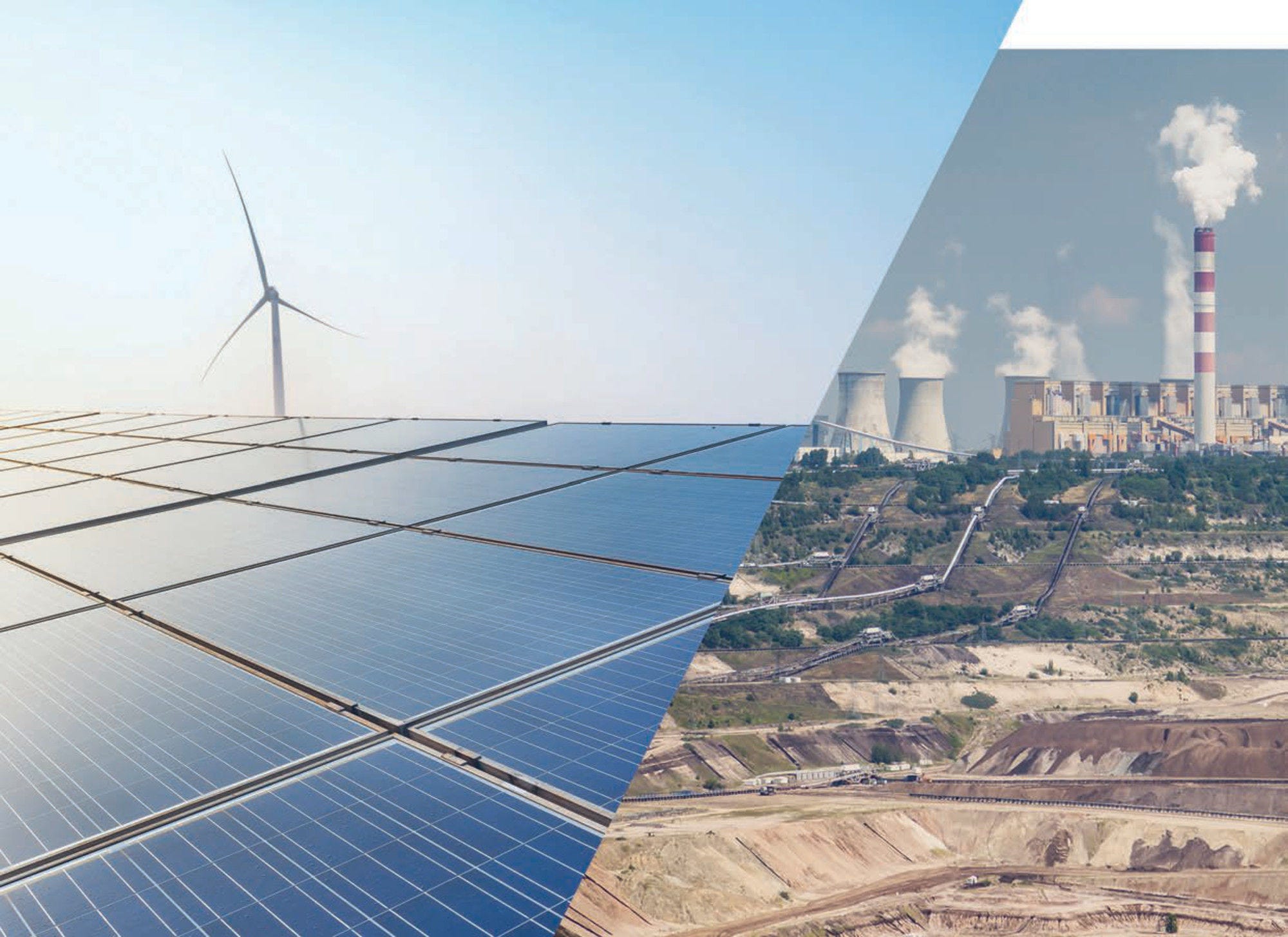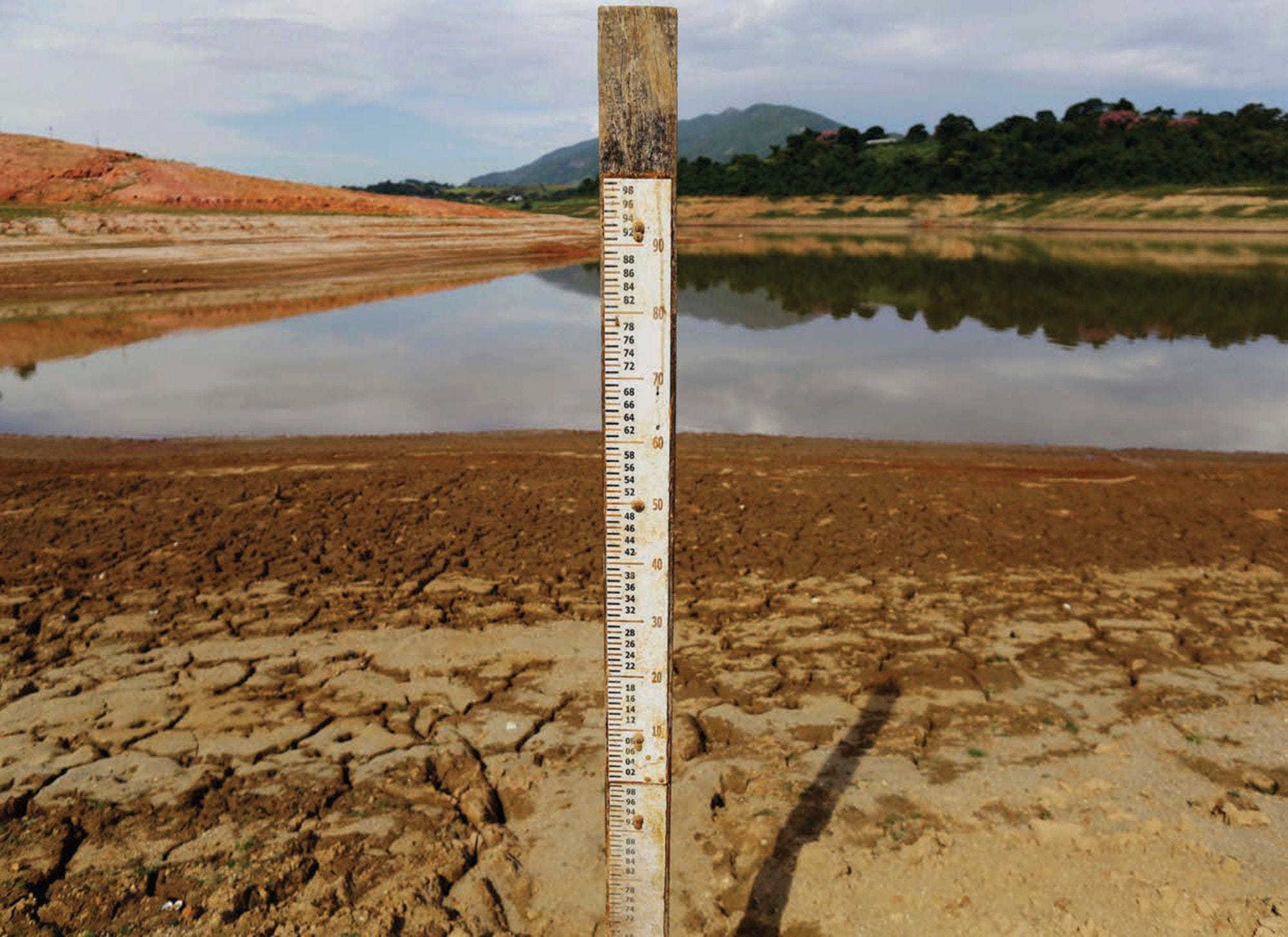Successfully transitioning to net-zero greenhouse gas (GHG) emissions requires effective mitigation policy packages, which include carbon pricing measures: a cost-effective policy instrument that not only reduces emissions but also generates revenue to support the transition. This fourth edition of Effective Carbon Rates provides an overview of the carbon pricing landscape, examining fuel excise taxes, carbon taxes, and emissions trading systems (ETSs) through 2021, with updates on developments until 2023. The policy mechanisms examined directly impact the cost of emitting GHGs, influencing shifts in production, consumption, and investment towards low- or zero-carbon options. The analysis covers 72 countries which together account for approximately 80% of global GHG emissions. The report focuses on developments in ETSs and transport fuel taxes amidst the energy crisis and provides comprehensive and comparable data on the current status of GHG emissions pricing that can assist policymakers in identifying priorities and refining carbon mitigation strategies.
Effective Carbon Rates 2023

Abstract
Executive Summary
The adverse impacts of climate change on human societies and nature are increasingly well-known and highlight the need to accelerate the transition to net-zero greenhouse gas (GHG) emissions, by targeting carbon dioxide (CO2) and other GHGs such as methane, nitrous oxide and fluorinated gases. Cutting and eventually phasing out GHG emissions would limit the adverse impacts from climate change on economies while improving other environmental outcomes such as air and water quality. Delaying the transition towards net zero GHG emissions will maintain dependency on carbon-intensive capital and engender higher future costs. Successfully transitioning to net-zero GHG emissions requires effective mitigation policy packages, which include carbon pricing, a cost-effective policy instrument that also raises revenue that can be deployed to support the transition.
This fourth edition of Effective Carbon Rates 2023 sheds light on the state of carbon pricing, encompassing fuel excise taxes, carbon taxes and emissions trading systems as of 2021, with updates reflecting developments up to 2023. The policy instruments covered directly increase the cost of emitting GHGs, thereby stimulating a transition in production, consumption and investment choices to low- or zero-carbon alternatives.
The analysis covers 72 countries, collectively emitting approximately 80% of global GHG emissions in 2021. The use of a common methodology to track carbon pricing efforts ensures comparability across countries and sectors. Providing comprehensive and comparable information on the current state of GHG emissions pricing can assist policymakers in establishing priorities and improving carbon mitigation policies. For example, improving such policies can be done by increasing prices, broadening the coverage of the pricing instruments and introducing complementary mitigation policies.
Within each of the 72 countries, the effective carbon rates (ECRs) are measured across seven sectors. These sectors include six economic sectors which together account for all CO2 emissions from energy use – agriculture and fisheries, buildings, electricity, industry, off-road transport and road transport. The seventh sector captures other GHG emissions from methane (CH4), nitrous oxide (N2O), fluorinated gases (F-gases) and process CO2. The report highlights the structure of ECRs across countries and sectors in 2021; detailed information on ECRs is available on OECD Data Explorer.1
The year 2021 witnessed significant developments on carbon pricing. China and Germany introduced new ETSs, while Canada strengthened its federal benchmark criteria for explicit carbon pricing (i.e. carbon taxes or emissions trading systems). Moreover, many ETSs saw a significant increase in permit prices since 2021, particularly the European Union emissions trading system (EU ETS). The policy landscape has undergone transformations since 2021 due to the energy crisis compounded by Russia’s war of aggression against Ukraine, triggering responses from both governments and market participants to attenuate the impact of energy price hikes. These developments have had implications for carbon pricing in 2022 and 2023.
Key findings
In 2021, 58% of the approximately 40 billion tonnes of GHG emissions were unpriced in the 72 countries covered in this report, with significant variation of coverage, prices and pricing instruments across sectors and countries.
About 16% of GHG emissions were priced at EUR 30 per tonne of CO2 or more, and 7% above EUR 60 per tonne of CO2.
The share of GHG emissions covered by carbon pricing varies across sectors, ranging from only about 4% of other GHG emissions being priced to around 93% of emissions priced in the road transport sector.
Carbon price signals mainly arise from fuel excise taxes, which cover more emissions and have higher rates than the two explicit carbon pricing instruments (carbon taxes and emissions trading systems). However, there is heterogeneity across countries and sectors. In the road and off-road transport sectors and agriculture and fisheries sector, fuel excise taxes account for over 80% of the ECR. Carbon taxes tend to be more significant as a share in the ECR for the buildings sector than in other sectors. Electricity and industry sector emissions are predominantly priced through ETSs. Countries with the highest ECRs are more likely to have at least partial coverage of their emissions by an ETS and have the highest carbon taxes.
Emissions trading remains the main explicit carbon pricing instrument in 2021.
In 2021, explicit carbon pricing mechanisms covered more GHG emissions worldwide than in 2018. In addition, there was a greater increase in coverage and marginal prices through emissions trading than via carbon taxes: coverage by emissions trading systems more than doubled between 2018 and 2021 (going from about 13% to 27% of CO2 emissions from energy use in the 72 countries included in this report) and average permit prices across all ETSs and emissions covered increased by almost 40% (from about EUR 11.2 per tonne of CO2 to EUR 15.5 per tonne of CO2). In contrast, coverage (about 7% of emissions) and average tax rates (about EUR 12 per tonne of CO2) remained almost the same for carbon taxes.
Between 2018 and 2021, several ETSs were introduced and others entered new phases. In 2021, China and Germany implemented nation-wide sectoral ETSs, while several Canadian provinces adopted ETSs in response to the introduction of the federal carbon pollution pricing backstop system. In 2020, Mexico launched the pilot phase for a national ETS, with the operational phase to commence in 2023. The new phases or compliance periods of existing ETSs have had notable implications for cap levels, annual reduction or compliance factors, sectoral coverage and the calculations and rules governing the free allocation of allowances, overall increasing the stringency of the systems.
In 2021, ETS coverage of CO2 emissions from energy use ranged from about 99% in New Zealand to about 1.7% in Japan.
ETSs commonly cover emissions generated by the electricity and industry sectors; however, an increasing number of new ETSs apply upstream (i.e. to fuel suppliers) and cover emissions from the buildings and transport sectors.
Contrary to most carbon and fuel taxes, marginal and average price signals often diverge in ETSs. This disparity arises from the free allocation of allowances, which can have implications for investment incentives and the revenue raised.
The share of free allocation of allowances in verified emissions ranges from 19% to 100% across the countries covered in this report, with an average of 55%. The variation in shares can be attributed to countries’ diverse industrial compositions, the maturity of their ETSs, political constraints, national preferences and other factors. In the EU ETS, industrial sectors deemed most at risk of carbon leakage receive the largest shares of free allocation. The Regional Greenhouse Gas and Massachusetts initiatives, which cover the electricity sector, provide minimal or no free permits.
In the electricity and industry sectors, free allocation weakens the average price signal resulting from ETSs, creating a gap between the effective average and marginal carbon rates. Even though permit prices in the electricity and industry sectors are respectively of EUR 11.5 per tonne of CO2 and EUR 27.1 per tonne of CO2 on average, these sectors are allocated respectively 88% and 84% of their allowances for free.
Contrary to taxes, permit prices can experience significant volatility even over the course of a single year. This volatility can hinder sustained investment in low and zero-carbon technologies.
Price stability mechanisms exist in many systems, either through direct approaches (e.g. through price floors or ceilings), indirect approaches (e.g. through market stability reserves), or a combination of both.
Since 2021, the energy crisis and Russia’s war of aggression against Ukraine have led to policy responses, which have resulted in changes in the energy taxation and carbon pricing landscape in 2022 and 2023. Governments have sought to provide support to their households and firms through reduced energy taxes, among other support measures. Key developments since 2021 have included:
Despite a high-energy price environment over the period, new ETS initiatives have emerged, mostly in Latin America (e.g. Mexico) and in Asia (e.g. Indonesia).
ETS permit prices have increased for most systems between 2021 and early 2023, with the increase mainly taking place between 2021 and 2022.
Tax rates in the road transport sector decreased in real terms, due to rate cuts in response to pre-tax price hikes but also due to a lack of indexation to inflation. Rates decreased more between 2021 and 2022 than between 2022 and 2023.
Within OECD and G20 countries, the gap between the ECR faced by the road transport sector and that faced by the electricity and industry sectors has lessened between 2021 and 2023, due to a decrease in fuel excise taxes and an increase in permit prices.
Other GHG emissions (methane, nitrous oxide, fluorinated gases and CO2 emissions from industrial process) can represent a significant share of total emissions in certain countries. This underscores the need to incorporate these emissions in designing pathways to net-zero emissions. Yet, they are the least covered by pricing measures.
In the 72 countries analysed, other GHGs make up between 8% and 92% of countries’ total GHG emissions.
Effectively addressing these emissions through pricing mechanisms is likely to require the consideration of mitigation policies beyond carbon taxes, which are primarily designed to address CO2 emissions.
Uncertainties in the measurement of these other GHGs also present a challenge for the standard monitoring, reporting and verification (MRV) methods used for ETSs. Measuring the tax base for other GHG emissions is considerably harder than for CO2 emissions.
Presently, pricing instruments covering other GHG emissions generally only apply to emissions that are generated by industrial processes, which are partly covered by ETSs and some carbon taxes.
In most countries, non-energy related agricultural emissions make up the highest share of other GHG emissions. Finding ways to price these emissions directly or indirectly presents a challenge for the years to come.
Conclusion
Carbon pricing is gaining momentum worldwide and explicit carbon pricing instruments are assuming an increasingly important role. ETSs are progressively expanding in countries where they are already established and being introduced in new countries. ETS permit prices have also demonstrated strong resilience to the energy crisis, sustaining an upward trend in most cases since 2021. Despite this momentum, there are considerable disparities in carbon pricing coverage and price levels across countries and sectors, with over half of global emissions unpriced. Additionally, the recent energy crisis resulted in an unprecedented rise in energy prices, compelling countries to provide support through untargeted measures. These measures, along with a stagnation or cut in nominal fuel and carbon tax rates amidst high inflation have weakened carbon price signals. Building resilience to future shocks and maintaining carbon price signals may warrant a more targeted approach. At the same time, medium and long-term solutions to climate change and to future energy shocks include investments in energy efficiency and low-carbon energy sources and technology. Furthermore, addressing emissions from methane, nitrous oxide, fluorinated gases and process-related CO2 presents an additional challenge for the years to come.
Note
In the same series
Related publications
-
 25 July 2024
25 July 2024










